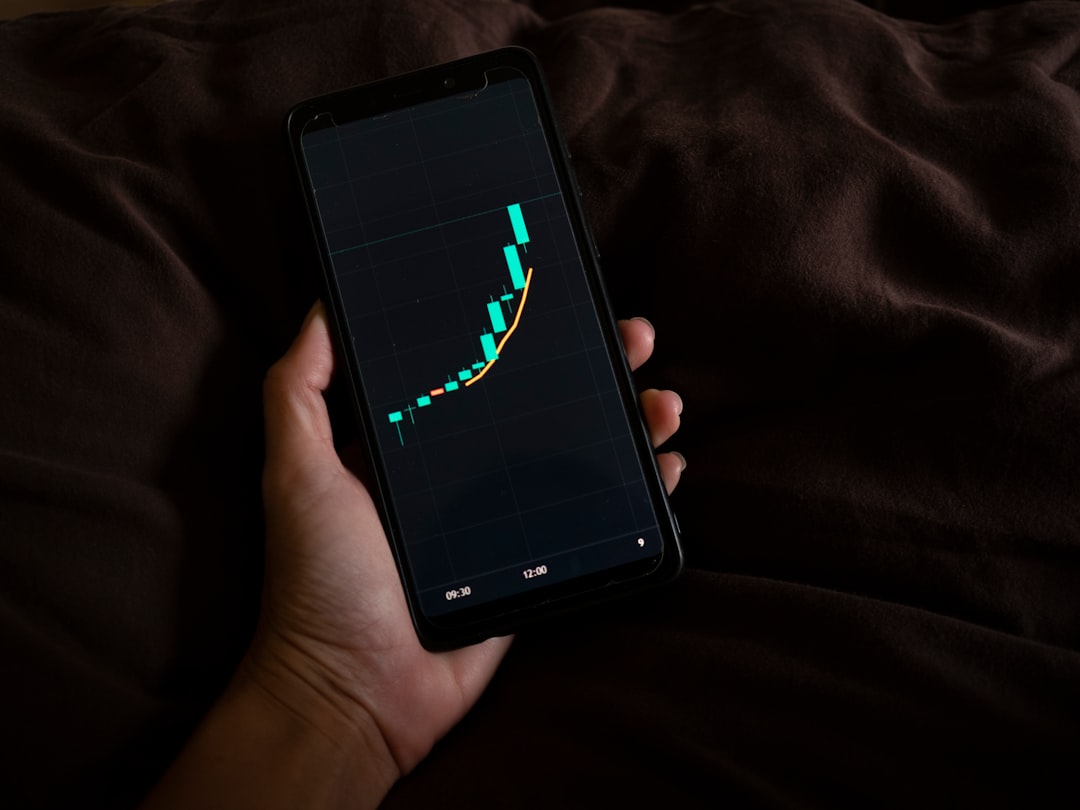One of the most crucial aspects of early parenting is ensuring your baby gets enough quality sleep. Sleep supports a baby’s growth, brain development, and emotional regulation. But how can you tell if your baby is getting the right amount of rest? That’s where sleep tracking comes in. By monitoring various elements of your baby’s sleep, you can gain insights that guide healthier sleep habits and improve overall family well-being.
TL;DR: Understanding your baby’s sleep through tracking can help identify patterns and troubleshoot problems. The most important metrics to monitor are total sleep duration, number of awakenings, sleep latency, nap distribution, and sleep efficiency. Accurate tracking can be done manually or via digital tools. Always balance tracking with intuition and don’t let data overwhelm the parenting experience.
Contents
Why Track Baby Sleep?
A baby’s sleep is not just about long nights of rest—it’s a series of developmental milestones intertwined with brain and physical growth. Tracking your baby’s sleep helps in many key areas:
- Health Monitoring: Poor or inconsistent sleep can signal potential medical or developmental problems.
- Routine Development: Identifying patterns helps establish a predictable daily routine, which benefits both child and parent.
- Problem Solving: Sleep regressions, teething, or changes in environment can impact rest—tracking helps isolate causes.
What Metrics Matter Most?
Modern parents have access to a wide array of data, but which sleep metrics actually matter? Focusing on meaningful measurements is vital to avoid becoming overwhelmed.
Total Sleep Duration
This metric indicates the total amount of time your baby sleeps in a 24-hour period, including naps and night sleep. It’s essential to compare this to age-specific recommendations:
- Newborns (0–3 months): 14–17 hours
- Infants (4–11 months): 12–15 hours
- Toddlers (1–2 years): 11–14 hours
Monitoring total sleep helps ensure your baby gets the restorative rest they need for proper cognitive and physical development.
Night Waking Frequency
Most babies wake up during the night, especially in the first year. Tracking how often and when this occurs helps determine whether night wakings are typical or problematic. Frequent awakenings may point to:
- Hunger (particularly in newborns)
- Sleep associations (e.g., needing rocking to fall back asleep)
- Environmental disruptions (light, noise, temperature)
Sleep tracking can show trends and become useful information when speaking with pediatricians or sleep consultants.
Sleep Latency
Sleep latency refers to how long it takes for your baby to fall asleep once put to bed. A consistent latency of 10–20 minutes is considered typical, particularly for older infants and toddlers. If falling asleep regularly takes more than 30 minutes, consider evaluating:
- Overstimulation before bedtime
- Poor nap timing during the day
- Lack of consistent bedtime routine

Daytime Nap Patterns
Nap tracking is as important as nighttime sleep. Babies who nap poorly often don’t sleep well at night. Evaluate:
- Number of naps: Too many or too few can lead to overtiredness or fragmented sleep.
- Length of naps: Ideally, naps should be between 45 minutes to 2 hours depending on age and number of total naps.
- Timing: Pay attention to when naps occur to ensure proper spacing that complements overnight rest.
Tracking naps allows you to understand if your baby’s sleep pressure and natural rhythms are being respected, which often leads to better consolidated sleep at night.
Sleep Efficiency
Sleep efficiency is the ratio of time spent asleep to the total time spent in bed. A lower sleep efficiency might signal sleep disruptions or difficulty self-soothing. For babies over six months, high sleep efficiency (above 85%) becomes a reliable indicator of quality rest.
Be aware that newborns naturally have lower sleep efficiency due to their feeding and development needs.
How to Track Sleep
Monitoring your baby’s sleep can range from simple to high-tech. There are two primary methods:
Manual Tracking
This involves keeping a daily sleep log using a notebook or spreadsheet. Parents manually record:
- Bedtime and wake time
- Start and end of naps
- Night wakings
- Feeding and diaper changes (optional but useful for younger babies)
Manual methods work well for caregivers who prefer paper tracking or have specific nuances they want to observe. It encourages parental mindfulness and direct involvement.
Digital Sleep Trackers
Several baby monitors and wearables offer automatic sleep tracking through sensors or video analytics. Benefits include:
- Real-time alerts on baby’s sleep state
- Data visualization graphs over time
- Integration with other care metrics like feeding or temperature
Popular apps include Huckleberry, Owlet, and Nanit, which aid working parents or those with multiples.

When to Be Concerned
If your tracking findings consistently fall outside typical developmental windows despite efforts to improve sleep, it may be time to consult a healthcare provider. Key signs include:
- Consistent sleep duration of less than 9–10 hours over 24 hours for infants
- Extreme sleep fragmentation beyond 6 months of age
- Signs of sleep apnea such as gasping, snoring, or labored breathing
While much of early sleep variability is normal, professional evaluation can rule out underlying health issues like reflux, allergies, or neurological concerns.
Setting Realistic Expectations
Tracking is a support tool, not an exact science. It’s critical to understand that not all babies follow textbook sleep patterns. Significant differences exist, especially between breastfed and formula-fed babies, or between first children and siblings.
Tracking should reduce stress, not add to it. If sleep tracking becomes overwhelming or obsessive, it may be more appropriate to scale back or switch to occasional check-ins instead of continuous monitoring.
Making Use of the Data
Use your data thoughtfully. The goal is to identify patterns over time—not to stress over minor daily fluctuations. Looking at 7- or 10-day averages is more productive than focusing on single days that may be affected by teething, vaccinations, or growth spurts.
Sharing tracked insights with your pediatrician during well-visits can elevate the quality of advice you receive. Sleep tracking data can also be incredibly helpful when implementing sleep training methods.
Conclusion
Baby sleep tracking empowers caregivers by revealing important patterns and offering proof of progress. By focusing on the metrics that matter—total sleep duration, awakening frequency, sleep latency, nap patterns, and sleep efficiency—parents can take informed steps toward healthier sleep habits. Whether using a manual method or an advanced digital tracker, the value lies in consistency and context. Take tracking as a guide, not a rulebook, and always complement it with love, patience, and intuition.




